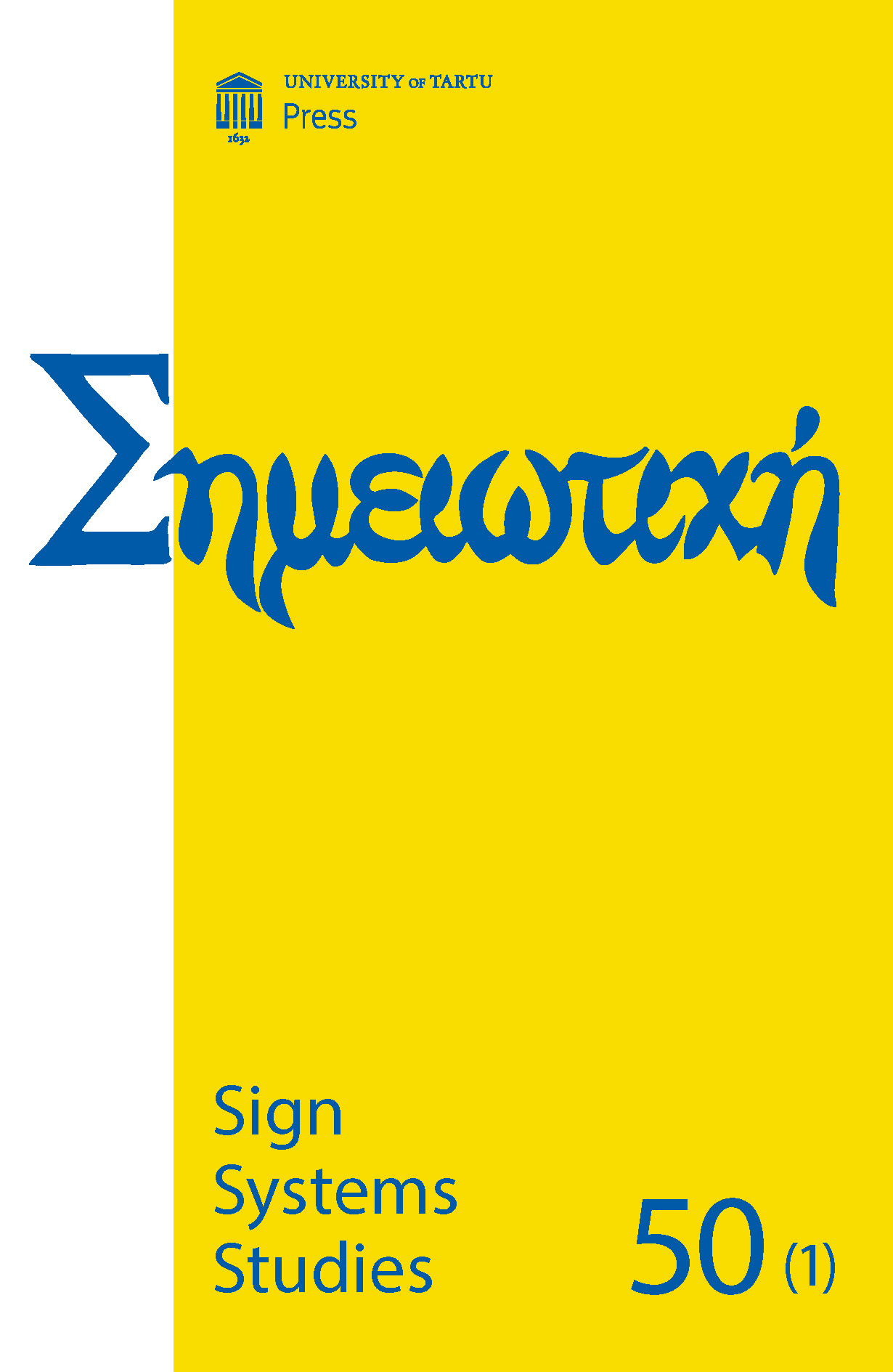Posterity of Saussure’s sign in the study of cultural meanings: A dialogue between Barthes and Hjelmslev
DOI:
https://doi.org/10.12697/SSS.2022.50.1.03Keywords:
Roland Barthes, connotation, denotation, Louis Hjelmslev, mythology, myth, sign, symbolAbstract
Saussure’s proposals on the sign, formulated more than a century ago in 1916, continue to exert an undisputed authority on linguistics and social sciences. In semiotics, the dyadic model of the sign is continuously used, even in the context of reflections on non-linguistic objects. The tendency in semiotics has been to adopt the Saussurean theory of the sign and enhance it with Hjelmslev’s findings, which has led to Hjelmslev becoming as significant as Saussure in the field of semiotics. In particular, it is to Hjelmslev that we owe the notions of denotation and connotation, which the present article aims at clarifying. Indeed, a misunderstanding still exists regarding the sense of these two concepts, that is to say, some forms of denotation are often – and wrongly – considered as connotations. Hence, this paper deals with Saussure’s legacy; his legacy in Hjelmslev, as well as Barthes, since I shall refer to the propositions formulated by the latter in his Mythologies (1957) to clarify the distinction between denotation and connotation.


